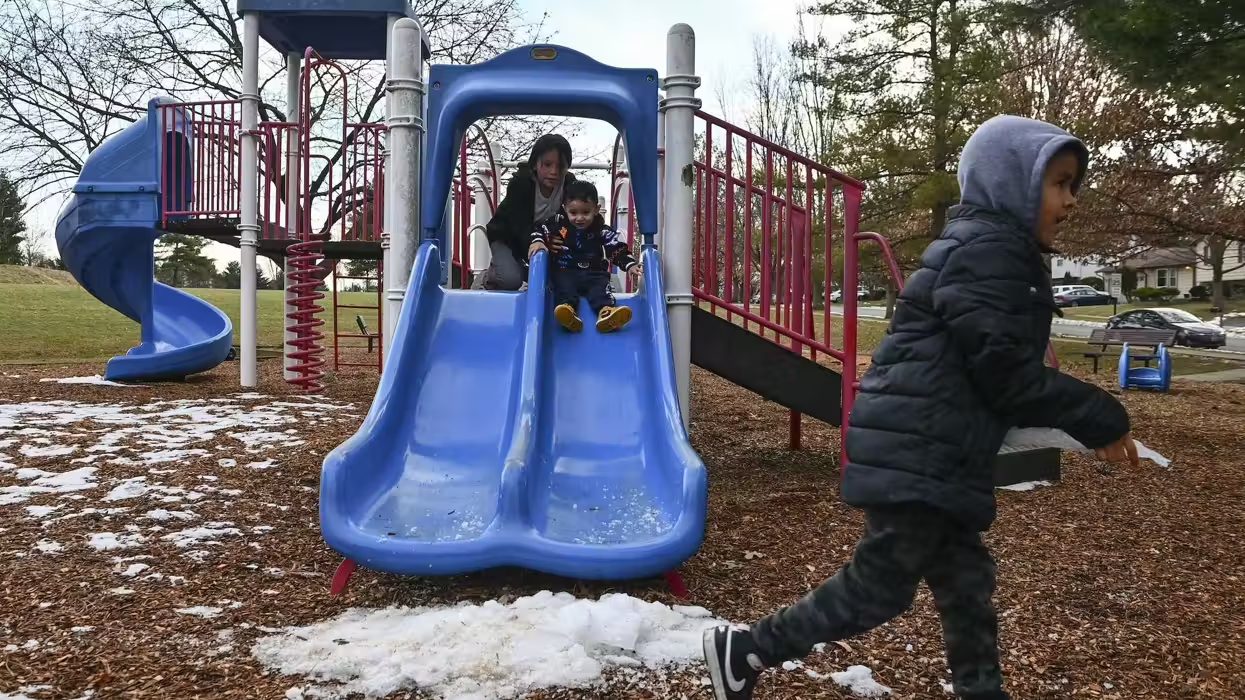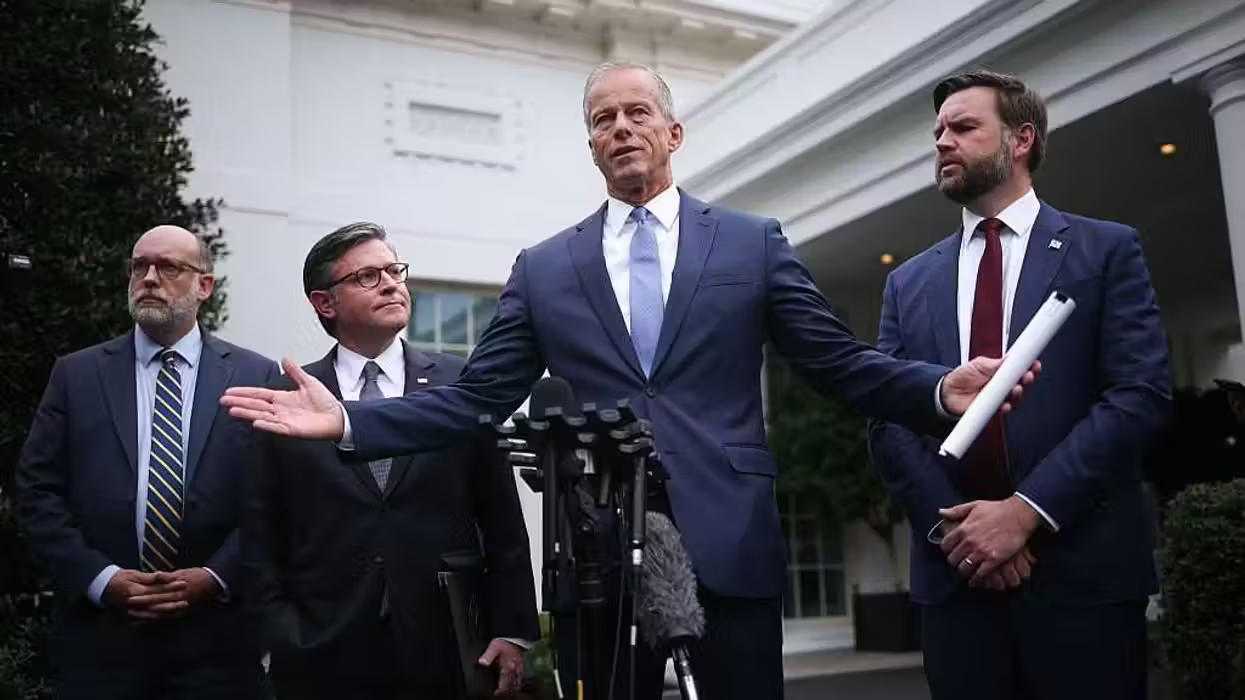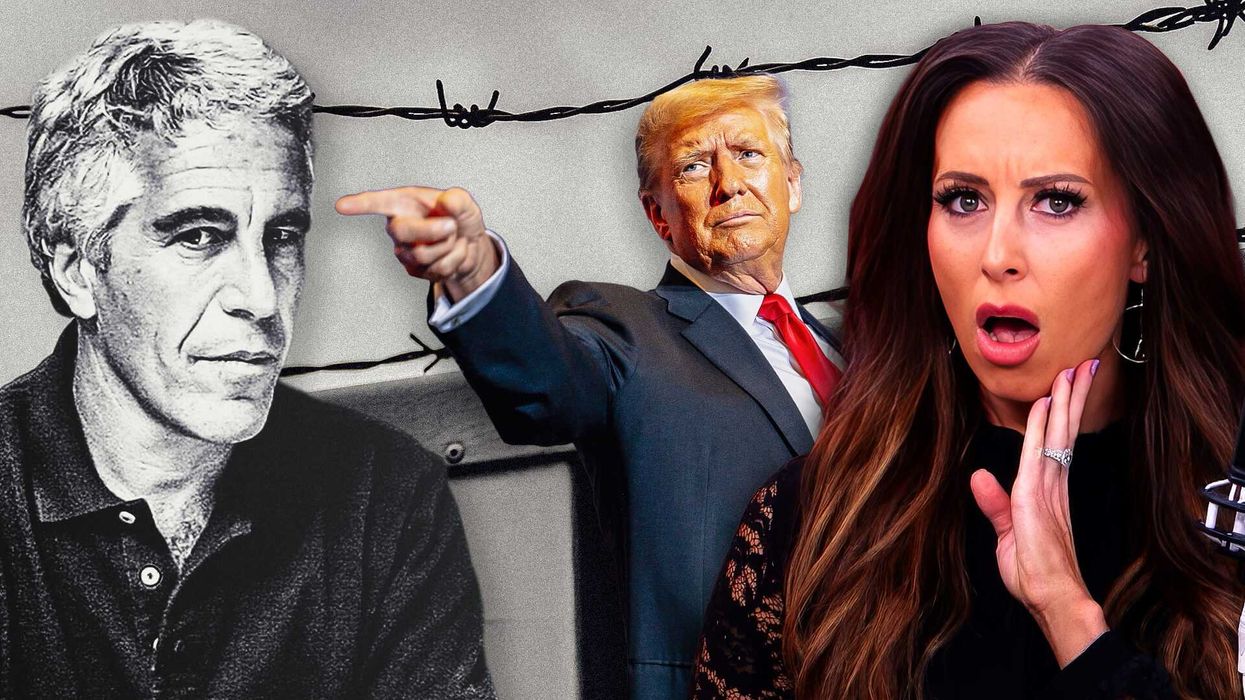
© 2025 Blaze Media LLC. All rights reserved.
This week is National School Choice Week, a celebration of the efforts to ensure every child in this United States has access to effective education. School Choice Week presents a great opportunity to counter the misinformation spread about the struggle to expand disadvantaged students’ educational opportunities. Here are five myths about the school choice movements that its opponents love to circulate:
1. School choice is a radical idea.
Every state in the union has some sort of school choice program today – be it charter schools, opportunity scholarships, private school tax credits, etc. Even blue state bastions like California and New York have some of the strongest charter school laws in the nation, hosting hundreds of these innovative schools. Clearly school choice has a bipartisan coalition of support that crosses geographic boundaries and is in the mainstream of education reform.
2. Charter schools perform worse than public schools.
Over the past two decades, hundreds of studies have traced charter schools’ performance, and the overwhelming majority of them conclude that charter schools on average perform just as well or significantly better than traditional public schools. In fact, the latest and largest review of these studies found that two-thirds of them conducted after 2001 concluded charter schools are better.
3. School choice programs exclude poor, low-performing students.
Many school choice programs are only available for poor, low-performing students, such as the New York City’s Success Academy schools and Washington, D.C.’s Opportunity Scholarship. Despite accepting some of the most desperate public school students, these programs have had amazing results. 96% of Success Academy students passed the math section of NYC’s assessment test last year, outperforming the city’s public schools by 31%, and an unbelievable 100% passed the science section. In D.C., 82% of Opportunity Scholarship students graduated high school, compared to 70% of those not selected for the program.
4. School choice steals money from public schools.
This objection implies that public schools deserve state money for failing. Good public schools should certainly be well funded for doing their job, but bad public schools should not force students to be stuck with mediocrity just to pay for teachers and their unions. Our schools are not janitorial institutions but exist for the sake of imparting American students with the quality education they deserve. If a caring parent feels like a charter or private school could do this job better, the state should spend his or her student’s per pupil funding there for the sake of improving education.
5. School choice picks winners and losers.
School choice makes what failing public school would make “losers” into “winners.” It’s true that charter schools and opportunity scholarships unfortunately cannot accommodate for every child in need. But, this is not school choice’s fault, but rather state and local governments for limiting access to charters and opportunity scholarships. Caring citizens should demand that our governments stand up for more school choice so more students can become “winners” in the future.
You can read more myths and learn the facts about school choice in the recent report from our sister organization Americans for Prosperity Foundation entitled “A Nation Still at Risk: The Continuing Crisis of Federal Education Reform and Its State Solution.”
Want to leave a tip?
We answer to you. Help keep our content free of advertisers and big tech censorship by leaving a tip today.
Want to join the conversation?
Already a subscriber?
more stories
Sign up for the Blaze newsletter
By signing up, you agree to our Privacy Policy and Terms of Use, and agree to receive content that may sometimes include advertisements. You may opt out at any time.
Related Content
© 2025 Blaze Media LLC. All rights reserved.
Get the stories that matter most delivered directly to your inbox.
By signing up, you agree to our Privacy Policy and Terms of Use, and agree to receive content that may sometimes include advertisements. You may opt out at any time.





